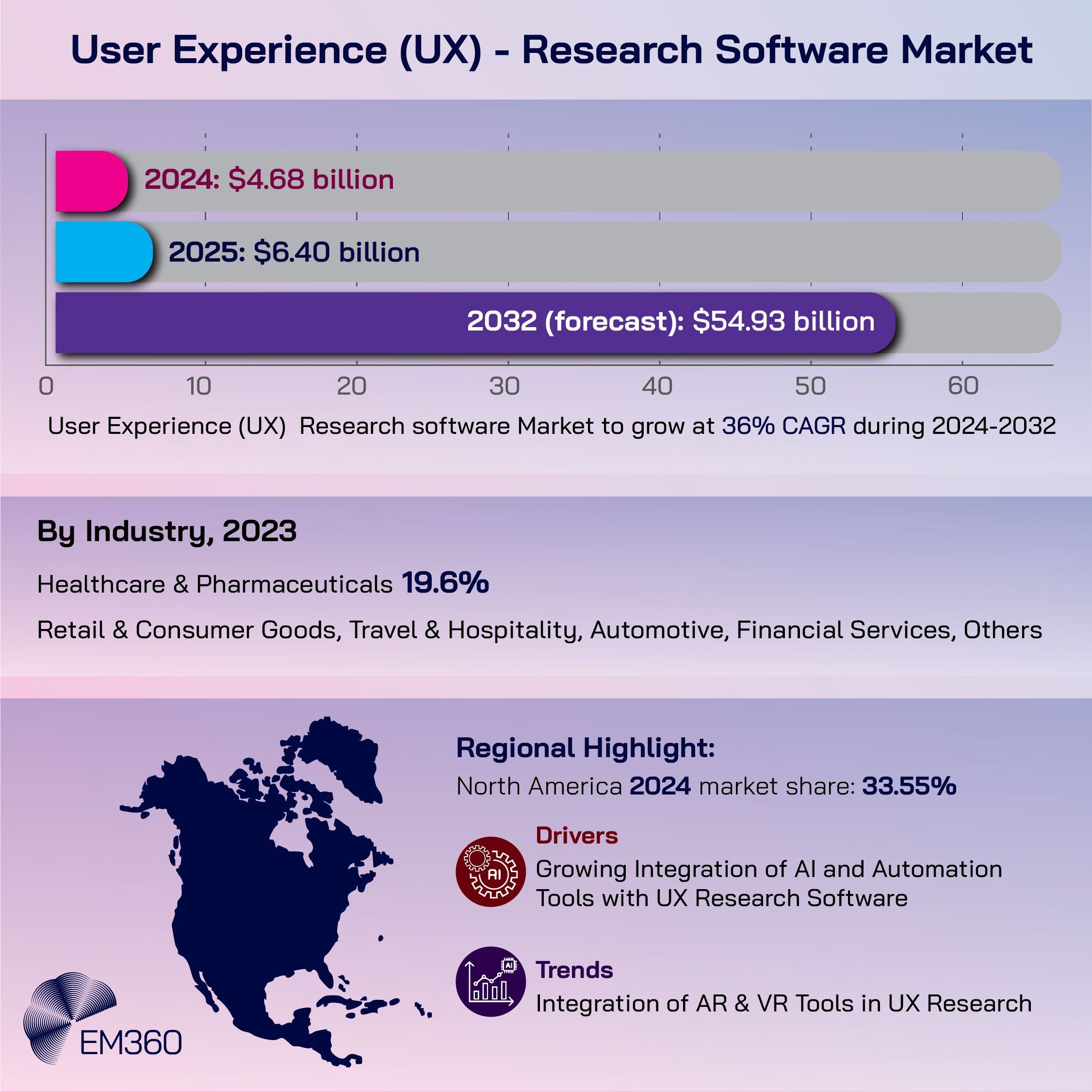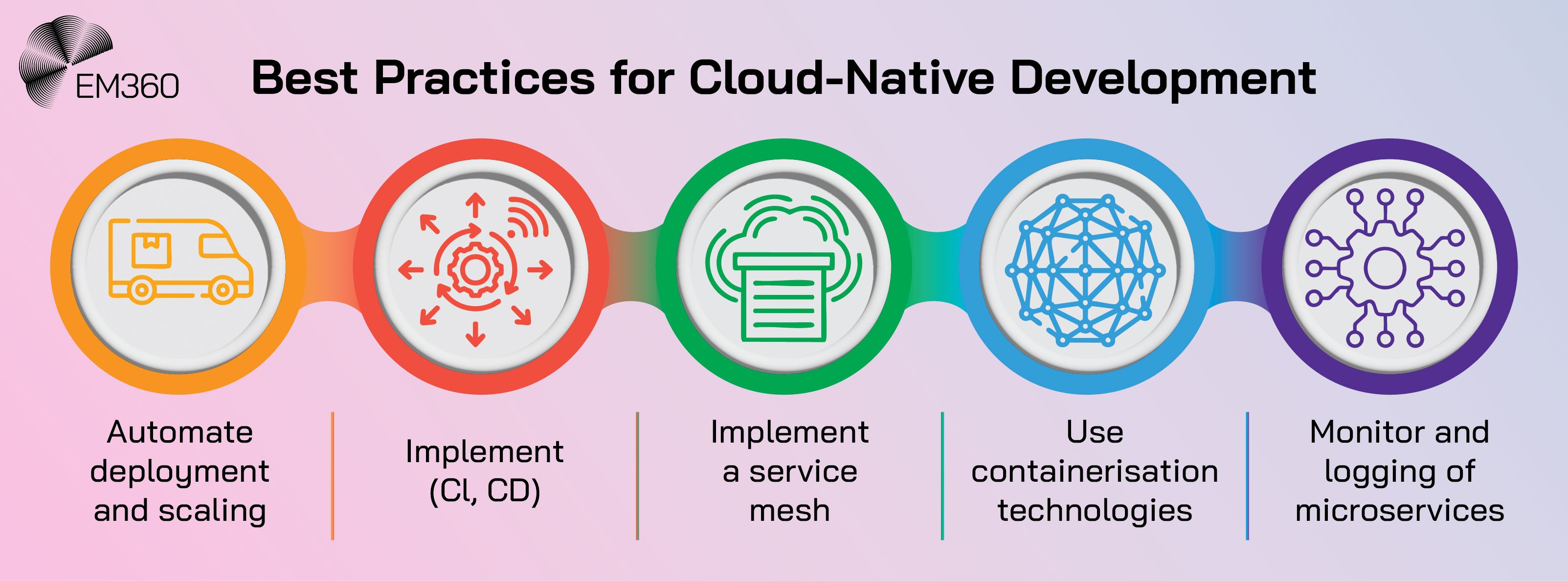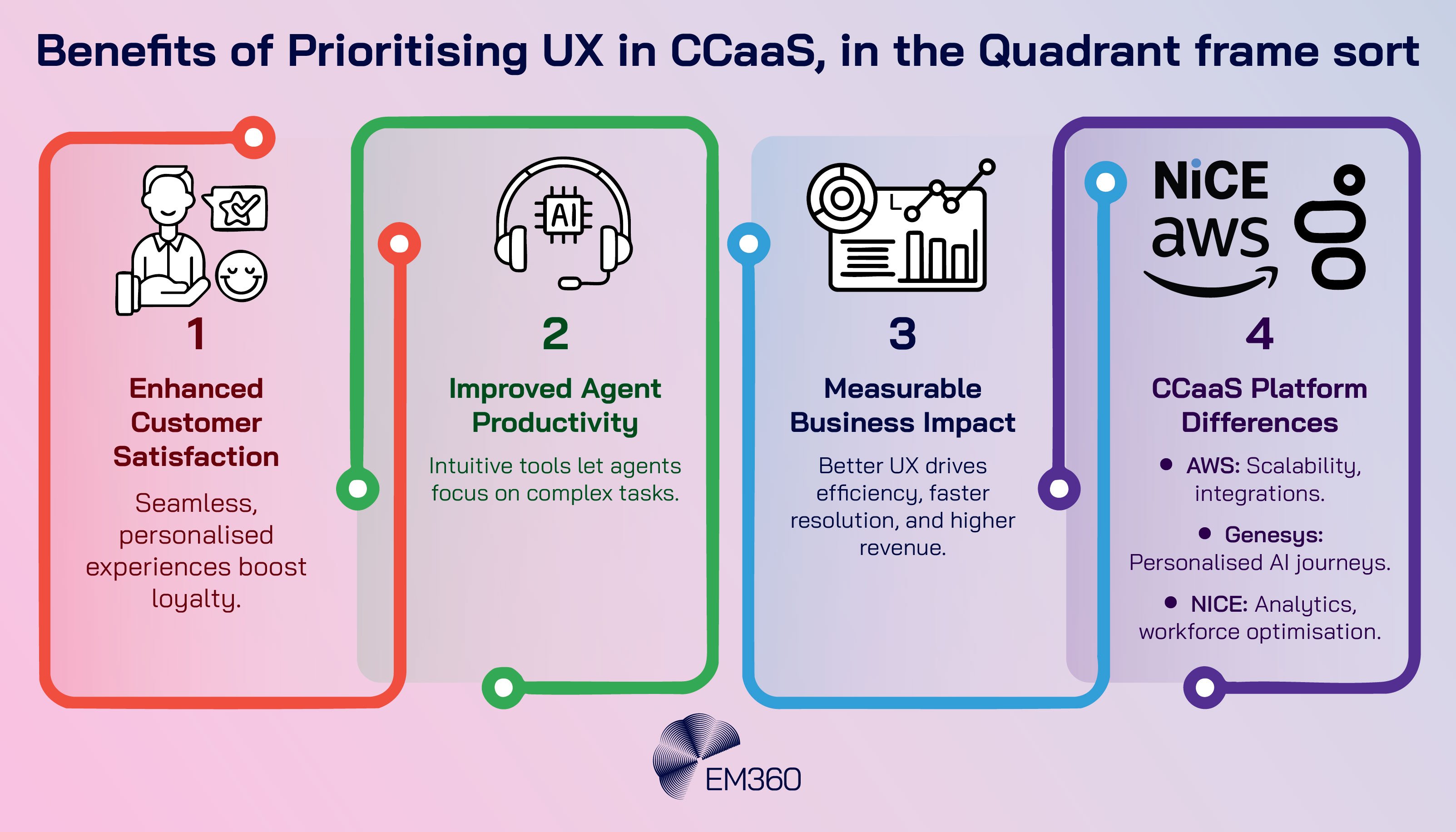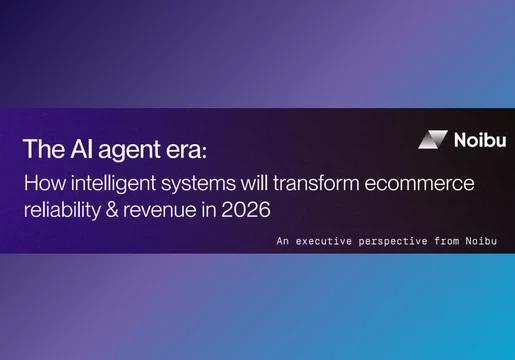In 2025, customer service is changing faster than at any point in the past decade. The traditional contact centre, which was once known to have reactive call handling and siloed technology, is being rebuilt around flexibility, integration, and customer experience. Contact Centre as a Service (CCaaS) is driving this shift, offering a cloud-based platform that enables organisations to manage voice, chat, email, and social interactions seamlessly in one unified system.
This trend is accelerating, as seen in the rapid growth of the global CCaaS market. Industry analysts estimate its value is at around $7.96 billion in 2025, up from $6.7 billion in 2024. This marks an annual growth of roughly 18 per cent. Adoption for CCaaS is rising across every region, with Europe alone forecast to grow from $1.78 billion in 2024 to $2.13 billion in 2025. Many believe the shift is driven by the shift toward remote work, omnichannel engagement, and scalable cloud solutions. By 2029, the global market is expected to grow by $16.06 billion, expanding at a compound annual growth rate (CAGR) of 19.2 per cent, as illustrated in the image below.

Alongside this growth is a parallel focus on User Experience (UX), the overall quality of interaction between people, technology, and process. In contact centres, UX extends beyond customer interfaces; it includes the agent’s workspace, workflow design, and access to relevant data.
According to Fortune Business Insights, the global UX services market size was valued at USD 4.68 billion in 2024. The market is now projected to grow from USD 6.40 billion in 2025 to USD 54.93 billion by 2032, exhibiting a CAGR of 36 per cent during the forecast period. Meanwhile, North America dominated the global market with a share of 33.55 per cent in 2024.

Together, CCaaS and UX are reshaping what a contact centre represents. It’s no longer just a cost centre or problem-solving unit; it’s an important part of brand experience and ensuring customer loyalty. Modern contact centres are expected to anticipate customer needs, offer instant resolutions, and maintain consistency across every channel without friction. Customers increasingly expect to engage on their own terms: 97 per cent of consumers say the ability to interact through their preferred channel is essential to a positive experience.
The next five to ten years will not bring small adjustments, but a full rethink of how contact centres operate. The emphasis is shifting from infrastructure to insight, from transactions to experiences. Organisations that prioritise UX in their CCaaS strategies will lead the market not only by improving customer satisfaction but also by strengthening agents, reducing turnover, and creating measurable business value. This article explores the latest CCaaS and UX trends, the competitive landscape, and how forward-thinking enterprises are redesigning their contact centres for agility, personalisation, and long-term growth.
Learn more: The Leading UC Platforms Powering Customer Experience This Year

Trends Shaping CCaaS and UX
The contact centre in this day and age is more than a support hub; it’s actually the frontline of brand experience. The convergence of CCaaS innovation and UX design principles is redefining how organisations engage, support, and retain customers.
Below are the top trends driving this transformation:
1. Omnichannel integration drives modern CCaaS strategies
Omnichannel is a strategy where a business uses multiple channels, like online, in-store, social media, and email, to create a seamless and unified customer experience. It ensures that all these channels work together to provide consistent messaging and service. Customers expect seamless interactions across every touchpoint from voice and live chat to WhatsApp, X (Twitter), and video.
A recent study of 46,000 retail shoppers revealed that omnichannel engagement dominates the modern shopping journey:
- 70 per cent of consumers use multiple channels when making purchases, seamlessly shifting between physical stores, e-commerce websites, mobile apps, and even social media storefronts.
Only 7 per cent of shoppers conduct their purchases entirely online, while 20 per cent shop exclusively in physical retail locations. - Among online shoppers, the majority move fluidly between a retailer’s website and mobile app, with some also exploring social media stores when available.
This means that consumers no longer follow a linear path to purchase. For contact centres, this trend underscores the need for integrated, omnichannel UX solutions that maintain continuity across all touchpoints, ensuring customers receive consistent, personalised experiences regardless of channel. Modern CCaaS solutions enable continuous context transfer across channels, so customers never have to repeat themselves. This level of integration not only boosts customer satisfaction but also streamlines agent workflows and reduces handling times.
Companies that implement strong omnichannel engagement strategies see a dramatic impact on customer retention, maintaining an average of 89 per cent of their customers. In contrast, businesses with weaker or fragmented engagement approaches retain only about 33 per cent of their customer base.

This stark difference underscores the critical importance of providing seamless, integrated experiences across all customer touchpoints. By connecting digital, mobile, social, and physical channels, organisations not only improve the overall user experience but also foster loyalty, build long-term relationships, and drive measurable business value, making omnichannel capability a strategic imperative for modern contact centres.
2. Cloud-native deployment powers CCaaS agility and scale
Scalability remains one of the most powerful growth drivers behind the global adoption of Contact Centre as a Service (CCaaS). As enterprises expand digital operations across markets, they increasingly rely on cloud-native systems to manage fluctuating demand, onboard new agents, and deliver consistent service at scale. Unlike legacy infrastructure, CCaaS platforms allow organisations to roll out updates, integrate analytics, and adapt to new customer channels without disruptive downtime, a capability that’s now essential in the age of hybrid work and real-time customer engagement.
Recent Metrigy research reflects this momentum. In 2025, 34 per cent of enterprises run their contact centres entirely via CCaaS, while another 19 per cent plan to migrate by the end of 2025. A broader market study of contact centre infrastructure shows how decisively the industry is shifting away from premises-based systems toward multi-tenant, cloud-based models. Currently, 45.8 per cent of organisations use a dedicated hosted platform managed by a third party, while 38.4 per cent still operate on-premises, either within their own data centres or through managed environments. Despite this lingering dependence on traditional setups, the trend line is unmistakable as nearly one in five organisations expects to move to full CCaaS deployment within the next year.

From a market value perspective, the global CCaaS industry reached $7.2 billion in 2024, marking 20 per cent year-on-year growth. Metrigy forecasts that the market will expand at a 10.5 per cent CAGR through 2029, reaching $11.8 billion by the end of the period. While this projection is slightly lower than earlier forecasts, due in part to some enterprises maintaining dedicated hosted platforms or extending transition timelines, it still represents a healthy, sustained climb in adoption. Importantly, more than two-thirds of contact centre agent seats remain on customer-owned or managed systems, leaving significant headroom for CCaaS vendors to expand their footprint through hybrid models, gradual migrations, and value-added UX innovations.
The UX dimension is increasingly central to this shift. Cloud scalability isn’t just a technical advantage; it’s what enables organisations to enhance the experience of both customers and agents. Scalable platforms allow for real-time data sharing, AI-driven routing, and unified dashboards that bring customer histories, preferences, and sentiment analysis into a single pane of view. This ensures agents can respond with greater context and empathy, while customers experience faster, more relevant resolutions across every channel. In a market where experience has become the ultimate differentiator, scalability and UX are no longer separate priorities; they are two sides of the same competitive equation.
3. User experience (UX) extends beyond the customer
While customer-facing UX often dominates conversations, agent experience (AX) has increasingly become a decisive factor in contact centre performance. A poorly designed interface may only add seconds to individual tasks, but at scale, those seconds accumulate into lost hours, agent frustration, and higher turnover. In 2025, leading CCaaS vendors are responding by redesigning dashboards and workflows with human-centred design principles, simplifying complex tasks and surfacing relevant information exactly when agents need it.
Research from the Service Quality Benchmark (2025) highlights the tangible impact of these investments as organisations that prioritised agent UX improvements achieved a 23 per cent increase in agent productivity and a 17 per cent rise in customer satisfaction scores. These figures underscore the link between effective agent tools and broader business outcomes, demonstrating that UX is not only a customer-facing concern but a strategic lever for operational efficiency.
Historically, user experience (UX) has been narrowly associated with visual design, fonts, colours, layouts, and buttons. While aesthetics remain important, they are only a fraction of what shapes the overall user experience. Effective UX research goes further, examining interactions, motivations, and pain points that define how both agents and customers engage with products and services.
In this era, the environment, where customer expectations are shaped by seamless digital ecosystems, organisations can no longer view UX as simply “interface testing.” It must be approached as a holistic discipline, evaluating the entire journey from initial awareness through purchase, ongoing support, and long-term loyalty. By integrating AX insights alongside customer UX, organisations can unlock measurable performance gains, reduce operational friction, and create experiences that scale across distributed, hybrid workforces.

4. Data-driven personalisation shapes every interaction
Personalisation remains central to modern UX. By integrating customer data across CRMs, marketing platforms, and analytics systems, CCaaS tools equip agents with contextual insights from purchase history to sentiment analysisenabling more relevant and effective interactions.
In 2025, real-time data orchestration is a key differentiator. Contact centres are leveraging adaptive routing and intent detection to instantly connect customers with the right agent or self-service option. Companies that personalise effectively see measurable benefits, including higher first-contact resolution and improved customer loyalty across digital channels.
According to Demandsage research, consumer expectations highlight the importance of personalisation:
- 71 per cent of shoppers are frustrated by impersonal interactions.
- 76 per cent prefer engaging with brands that offer tailored experiences.
- 82 per cent are willing to share personal data for a more customised journey.
From a business perspective, personalisation drives results:
- 90 per cent of leading marketers report that personalisation enhances profitability.
- 92 per cent of businesses are now using AI-driven personalisation tactics.
- Only 35 per cent deliver fully omnichannel personalised experiences.
- 74 per cent of eCommerce websites have implemented some form of personalisation on their platforms
As digital expectations rise, the companies that leverage personalisation strategically are not just meeting customer needs, they’re turning every interaction into a competitive advantage. It’s important to remember that a website that immediately delivers content or products aligned with a customer’s preferences is key to building lasting loyalty.

5. Experience-led design defines competitive differentiation
Experience-Led Design (XD) takes a holistic approach, focusing not just on individual touch points but on the entire user journey across products, services, and brands. While UX ensures that each interaction is usable, intuitive, and accessible, XD goes further, considering the emotions, expectations, and outcomes of every engagement.
In a user-centric CCaaS solution, strong UX underpins XD. Intuitive dashboards for agents and supervisors, easy access to customer databases, and seamless integration with AI-powered chatbots and virtual assistants make interactions smooth and efficient. Automating repetitive tasks enables agents to focus on complex issues and more personalised customer interactions, while customers benefit from self-service portals and intuitive interfaces that simplify their experience.
Experience-led CCaaS platforms integrate UX best practices with business strategy, connecting design, analytics, and operational efficiency to drive seamless user experiences.
For example:
- Clear, actionable dashboards improve agent workflow.
- Personalised interactions increase customer satisfaction and loyalty.
- Accessibility features ensure inclusivity for all users.
Forrester’s Customer Experience Index research shows the impact of combining UX and XD: it finds that top-quartile CX companies grow revenue 1.7 times faster, improve customer lifetime value by 1.9 times, reduce acquisition costs by 25 per cent, and see employee satisfaction scores 1.5 times higher.
In 2025, organisations that treat UX as a strategic enabler within an XD framework are outperforming peers in NPS and retention, proving that exceptional user experience is no longer just a design goal; it’s definitely a competitive differentiator.

6. Continuous optimisation through analytics and feedback
To keep pace with rising customer expectations, organisations must gain a wide understanding of user behaviour and deliver consistent, effective communication across all channels. Leading contact centres treat UX not as a one‑off project but as a continuous process. With real‑time analytics, ongoing feedback loops and voice‑of‑the‑customer programmes built into modern CCaaS platforms, teams can fine‑tune the customer experience on an ongoing basis.
According to Forrester’s 2025 report, contact centres using unified analytics and orchestration platforms report higher efficiency and lower churn. For example, those embedding CX analytics into CCaaS systems see up to a 21 per cent faster resolution rate and 30 per cent lower churn compared to organisations using a standalone tool. Let's have a look at other stats:
- By one recent count, contact centres using AI‑enabled tools resolved 14 per cent more issues per hour and reduced average handle time by nine per cent.
- In the world of analytics, one guide states that when real‑time, predictive and operational data flows are unified across channels, the contact centre becomes a “strategic hub for customer intelligence”.
- On the expectations side, there are 46 per cent of customers who expect a company to reply within 4 hours; 80% believe a company’s experience is as important as its product or service.
In practice, continuous improvement means:
- Capturing full interaction data (voice, chat, email, messaging) and turning it into actionable insight.
- Embedding those insights into dashboards and agent workflows so the data drives behaviour, not just reports.
- Using feedback (customer and agent) to refine the interface, process and routing logic.
- Routinely measuring impact not just on operations but on business outcomes.
Ultimately, the most adaptive and resilient contact centres of the next decade will be those that treat analytics and feedback as integral to their UX strategy, not an afterthought.

Learn more: Enterprise Guide to the Best Business Continuity Software in 2025
The competitive landscape: CCaaS meets UX Innovation
In the platform‑led era of customer experience, it’s critical to understand how the commercial ecosystem for Contact Centre-as-a-Service (CCaaS) is changing and how exceptional user experience (UX) is now a strategic differentiator rather than a mere feature.
According to Juniper Research’s report, the CCaaS market is expected to see subscription revenues exceed US$10 billion in 2025, rising to approximately US$18 billion by 2028. The same report identifies the leading vendor trio are Amazon Web Services (AWS), Genesys and NICE. These vendors stand out for offering full‑stack CCaaS solutions that integrate AI, support omnichannel communications, and embed analytics, all of which are important to delivering modern UX in contact centres.
What this means for UX in CCaaS:
- Seamless multichannel experience: Leading CCaaS platforms are built to support voice, chat, SMS, OTT‑messaging and social channels, enabling a consistent UX across every touchpoint.
- Analytics‑driven UX optimisation: These platforms embed real‑time dashboards, agent insight tools and feedback loops. UX is no longer just a front‑end concern; it’s directly tied to operational analytics and continuous improvement.
- AI‑enhanced agent and customer experience: The top vendors are leveraging intelligent routing, intent detection and proactive support bots. This not only improves efficiency but also enhances the UX by reducing friction.
- Vendor differentiation via UX capabilities and extensibility: With over 200 CCaaS vendors in play, new buyers are using UX‑centric criteria (ease of use, flexibility, API integrations) as major decision factors.
Companies investing in CCaaS solutions that prioritise UX and analytics are positioning themselves for sustained competitive advantage. In markets saturated with commodity offerings, the platform that delivers the best agent UX, the most intuitive customer journey and continuous feedback‑driven optimisation will lead. This means UX is now intrinsic to the CCaaS value proposition, not an optional add‑on. The vendors that integrate UX, analytics and orchestration at the core of their platforms will dominate the growing market.
Benefits of Prioritising UX in CCaaS
Delivering a superior user experience (UX) is vital for any CCaaS platform looking to stand out. Focusing on UX improves customer satisfaction, supports agents in their daily tasks, and creates more efficient workflows. When UX is designed thoughtfully, every interaction, whether through self-service tools or live support, is smooth, intuitive, and aligned with user expectations.
Below are a few strategies to leverage UX as a competitive advantage in your contact centre:
Enhanced customer satisfaction and loyalty
A seamless and personalised customer experience leads to higher satisfaction levels. When customers feel valued and understood, they are more likely to remain loyal and engage in repeat business.
Improved agent productivity and efficiency
Intuitive interfaces and AI-driven tools reduce the time agents spend on routine tasks, allowing them to focus on complex issues. This not only boosts productivity but also enhances job satisfaction and reduces turnover rates.
Measurable business impact and ROI
Investing in UX within CCaaS platforms can lead to tangible business outcomes, such as reduced handling times, improved first-contact resolution rates, and increased revenue through enhanced customer retention.
Differences in features, AI capabilities, and integrations
Each CCaaS provider offers unique features and capabilities. For instance, AWS emphasises scalability and integration with other AWS services, making it suitable for enterprises already within the AWS ecosystem. Genesys focuses on delivering personalised customer journeys through advanced AI and omnichannel support. NICE is known for its strong analytics and workforce optimisation tools, aiding in performance management and operational efficiency.

How Businesses Choose the Right Platform
When selecting a CCaaS provider, businesses consider factors such as:
- Integration capabilities: How well the platform integrates with existing systems like CRM and ERP.
- Scalability: The ability to scale operations seamlessly as the business grows.
- AI and automation features: The extent to which the platform utilises AI to enhance customer interactions and agent productivity.
- Cost and ROI: Evaluating the total cost of ownership and the potential return on investment.
Best Practices for Implementing CCaaS with UX in Mind
Implementing CCaaS with a focus on UX ensures every interaction, if it's via self-service or live support, is smooth and intuitive. Customers enjoy personalised, efficient experiences, while agents work more effectively with AI-driven tools and streamlined workflows. The result is always higher satisfaction, stronger loyalty, and measurable business gains.
Let's have a look at some of the best practices:
1. Needs assessment and platform customisation
Conducting a thorough needs assessment ensures that the chosen CCaaS platform aligns with the specific requirements of the business. Customisation allows for tailoring features to meet organisational goals and customer expectations.
2. Agent training and support
Providing training equips agents with the skills needed to utilise the CCaaS platform effectively. Ongoing support ensures that agents can resolve issues promptly and maintain high performance.
3. Continuous monitoring and evaluation
Regularly monitoring system performance and evaluating user feedback helps identify areas for improvement. This iterative approach ensures that the CCaaS platform evolves to meet changing business needs and customer expectations.
4. Using AI and analytics responsibly
Implementing AI and analytics tools responsibly ensures that customer data is used ethically and complies with regulations. These tools should enhance, not replace, human interactions, maintaining the balance between automation and personalisation.
Future Outlook for CCaaS and UX
The future of CCaaS will be shaped by how effectively organisations prioritise user experience and operational efficiency across every customer and agent interaction. Companies that invest in intuitive, well-designed interfaces and workflows empower agents to resolve issues more efficiently while giving customers seamless, personalised experiences. Leveraging customer data to tailor interactions, streamline processes, and anticipate needs will be essential for maintaining a competitive edge in an increasingly crowded market.
Scalability and flexibility of CCaaS platforms are equally important, allowing businesses to adapt quickly to evolving demands and expanding channels of communication. By embedding these principles into their strategy, organisations can not only improve key metrics such as first-contact resolution, customer satisfaction, and loyalty, but also turn their contact centres into strategic hubs that drive measurable business outcomes. Ultimately, a strong focus on UX and experience-led design transforms CCaaS from a support tool into a driver of long-term growth, resilience, and differentiation in the marketplace.







Comments ( 0 )